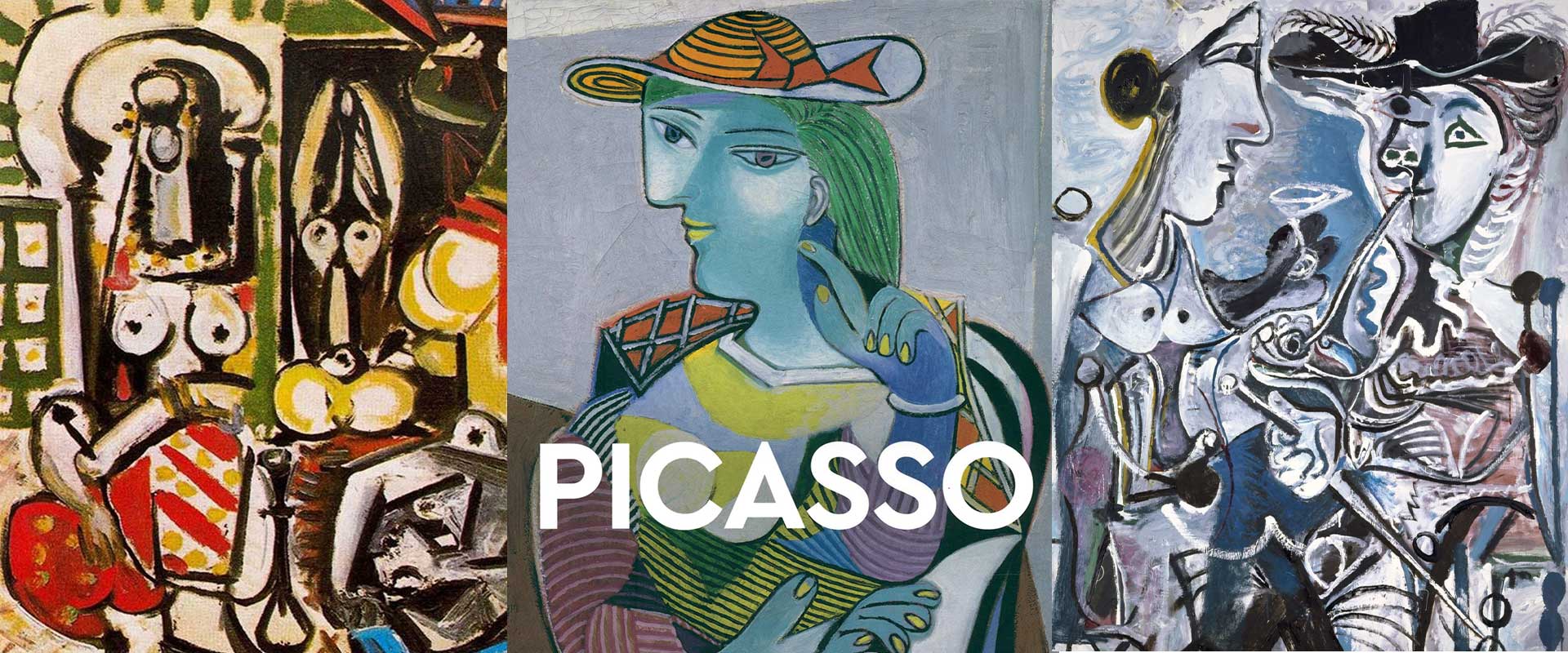For anyone who loves art, the name Pablo Picasso is instantly recognizable. But in the digital world, spelling matters more than ever—and that’s where confusion often begins. Many people search for “Piccaso” instead of “Picasso”, leading to missed opportunities to discover artwork, museum collections, and in-depth articles about his legacy.
This small spelling slip may seem harmless, but in the online age, it makes a big difference for researchers, collectors, and art enthusiasts. Let’s break down why the distinction between Piccaso vs Picasso is crucial, especially when exploring the artist’s vast influence on 20th-century modern art.
Why the Misspelling “Piccaso” is So Common
The Spanish surname “Picasso” isn’t difficult, but its unusual double “s” often throws people off. The common errors include:
- Adding an extra “c” → Piccaso
- Swapping “ss” for “s” → Picaso
- Doubling both consonants → Piccasso
Given that Picasso’s fame is global, it’s easy to see why different languages, phonetic spellings, and typing errors lead to these variations.
How Search Engines Handle “Piccaso vs Picasso”
Search engines like Google are designed to correct errors, but they don’t always catch artistic names perfectly. For example, typing “Piccaso paintings” may show the correct results, but it can also limit visibility to certain galleries or educational resources that depend on accurate spelling.
In the world of SEO (Search Engine Optimization), small spelling differences can determine whether a website appears in the top results. An art lover searching “Piccaso Guernica” may miss out on resources like Guernica by Pablo Picasso: The Meaning Behind the Masterpiece, which provide rich context and historical insight.
Why Correct Spelling Matters in Art Searches
When you type “Picasso,” you’re unlocking a global network of museums, collections, and scholarly works. When you type “Piccaso,” you may be narrowing that field drastically.
The correct spelling matters for:
- Finding official museum collections: Many galleries list works under the precise spelling only.
- Researching art history: Scholarly articles, including those on Pablo Picasso Artworks in Museums Around the World, rely on accurate searches.
- Collectors and buyers: Online platforms categorize listings under the proper name, so misspelling may hide valuable artworks.
- SEO rankings: Websites using the correct keyword “Picasso” gain visibility, while misspellings reduce reach.
Comparison: “Piccaso” vs “Picasso” in Search
| Feature | “Piccaso” | “Picasso” |
|---|---|---|
| Spelling Accuracy | Incorrect | Correct |
| Search Volume | Moderate (mistyped traffic) | Very High (global standard) |
| Search Results | Mixed, less reliable | Authoritative, museum-backed |
| SEO Value | Low | Very High |
| Art Market Recognition | None | Universal |
This table highlights why even a single misplaced letter can impact what you discover online.
Picasso’s Global Legacy and Why Precision Counts
Pablo Picasso remains one of the most celebrated figures in art history. His works span multiple styles—Blue Period, Rose Period, Cubism, Surrealism, and beyond. Searching correctly ensures you don’t miss major milestones such as:
- Les Demoiselles d’Avignon (1907) – the proto-Cubist breakthrough
- Guernica (1937) – a haunting anti-war masterpiece
- The Weeping Woman (1937) – an emotional symbol of suffering
- Three Musicians (1921) – a vibrant Cubist reconstruction
Exploring collections like Pablo Picasso Wall Art Prints allows you to experience the range of his creativity without the barriers of misspelling.
Bullet Points: How to Avoid “Piccaso” Mistakes in Searches
- Double-check spelling before entering an art search term.
- Bookmark reliable resources such as museum websites or trusted galleries.
- Use autocomplete tools that suggest the correct spelling “Picasso.”
- Learn cultural context—knowing Picasso’s Spanish roots makes the double “s” easier to remember.
- Follow internal links from accurate sources, like Picasso Painting Techniques That Revolutionized Modern Art.
By practicing these habits, you’ll ensure your research remains accurate and rewarding.
Why Spelling Matters More in the Digital Age
In the past, misspelling Picasso in a library catalog might have caused minor frustration. Today, it can create major roadblocks in discovering art.
Digital search engines are powerful, but they still rely heavily on keywords. For an artist with such a vast influence, precise spelling is the key to unlocking his story, whether you’re studying how Picasso shaped the 20th century or planning a visit to the Picasso Museum in Barcelona.
Conclusion
The debate of Piccaso vs Picasso may seem like a small matter of letters, but it carries big implications for how art lovers, students, and collectors explore the artist’s genius. In the digital era, where a single keystroke can change search results, spelling isn’t just a detail—it’s the doorway to history. By using “Picasso,” you connect with the artist’s true legacy and ensure access to the richest, most accurate resources about his life and work.
FAQs on Piccaso vs Picasso
Why do people spell Picasso as “Piccaso”?
It’s often a typing error or confusion due to the unusual double “s” in the Spanish surname.
Does Google correct “Piccaso” to “Picasso”?
Yes, but not always. Some search results may still be less accurate when using the misspelling.
Why is spelling important when searching for Picasso’s art?
Correct spelling ensures access to museum collections, historical articles, and authentic art market listings.
How can I avoid misspelling Picasso?
Remember the double “s,” use autocomplete tools, and rely on trusted sources like museum archives or galleries.
Does the art market recognize the misspelling “Piccaso”?
No. All legitimate catalogues, auction houses, and galleries use the correct spelling “Picasso.”





